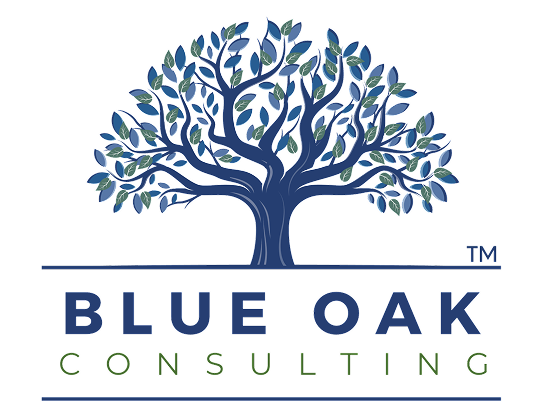In the world of small manufacturing, uncertainty is part of the job. Supply chain delays, labor shortages, compliance changes, economic swings—you name it. For small business owners and operational leaders, the question isn’t whether risks exist. It’s how prepared you are to handle them.
What separates companies that weather storms from those that stumble? One word: proactivity.
This is a straightforward CFO’s playbook to help manufacturing businesses manage risk with confidence—and grow stronger while doing it.
1. Know Your Risks—Really Know Them
Before you can manage risk, you need to define what risk looks like for your business. Here’s a breakdown that applies to nearly every manufacturing environment:
- Operational: Equipment breakdowns, supply chain interruptions, labor shortages
- Financial: Cash flow issues, interest rate shifts, customer payment delays
- Strategic: Market changes, competitor moves, product relevance
- Compliance: Safety standards, labor laws, environmental regulations
- External: Natural disasters, geopolitical events, economic volatility
Once identified, ask: What’s the likelihood this risk shows up—and what happens if it does? A structured approach like a risk matrix can help you prioritize where to focus.
2. Prioritize What Can Actually Hurt You
You can’t fix everything all at once. That’s why risk prioritization is essential. Use simple scoring (e.g., likelihood x impact) and visualize it with a matrix:
- High-impact, high-likelihood? Deal with these immediately.
- Low-impact or low-likelihood? Monitor but don’t over-engineer.
For example: If you rely on one supplier for a critical part, that’s likely a top-tier risk—worth addressing now.
3. Mitigate Like a CFO
Managing risk isn’t about eliminating it. It’s about limiting its ability to disrupt your business.
Here’s where strategic finance steps in:
- Diversify vendors to reduce supply disruptions
- Invest in quality systems to prevent defects
- Maintain cash reserves or open credit to absorb financial shocks
- Implement ERP or analytics tools to spot early warning signs
- Review insurance for coverage gaps
These aren’t just operational choices. They’re strategic decisions that help protect both profitability and long-term positioning.
4. Make Risk Everyone’s Job
One of the most overlooked tactics? Culture. A company that reacts to risks as they hit is always playing catch-up. A company that spots them early—that’s competitive advantage.
Train your team to:
- Recognize risk signals in their day-to-day
- Speak up when something feels off
- Share lessons learned when issues arise
Leadership should set the tone: Risk isn’t a scary word. It’s a shared responsibility.
5. Build a Repeatable Plan
Here’s a five-step framework any manufacturing business can adopt:
- Map risks across operations, finance, strategy, compliance, external
- Use a risk matrix to prioritize what truly matters
- Develop mitigation playbooks with assigned owners and timelines
- Train teams on what to watch for and how to report it
- Review quarterly and adjust based on market or internal changes
The key is consistency. Risk management isn’t something you do once. It’s part of how you lead and run the business consistently.
Risk Is a Signal, Not a Stop Sign
The goal isn’t to eliminate risk. That’s not realistic. The goal is to be confident and prepared—so when the unpredictable shows up, your team knows what to do.
Small manufacturers who adopt this mindset aren’t just avoiding trouble—they’re setting themselves up to grow, compete, and lead.
Learn more at blueoakconsulting.net.





